"From Flapping Birds to Space Telescopes:
The Modern Science of Origami,"
Caltech graduate Robert Lang (BS '82, PhD '86),
formerly a member of the technical staff at JPL, now a full-time origami artist
Applied Physics Special Seminar, Caltech
November 4, 2005
Abstract:The last decade of this past century has been witness to a revolution in the development and application of mathematical techniques to origami, the centuries-old Japanese art of paper-folding. The techniques used in mathematical origami design range from the abstruse to the highly approachable. In this talk, I will describe how geometric concepts led to the solution of a broad class of origami folding problems – specifically, the problem of efficiently folding a shape with an arbitrary number and arrangement of flaps, and along the way, enabled origami designs of mind-blowing complexity and realism, some of which you’ll see, too. As often happens in mathematics, theory originally developed for its own sake has led to some surprising practical applications. The algorithms and theorems of origami design have shed light on long-standing mathematical questions and have solved practical engineering problems. I will discuss examples of how origami has enabled safer airbags, Brobdingnagian space telescopes, and more.
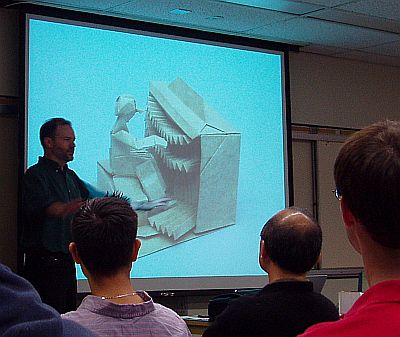
All of the shown examples below are works by Robert Lang, (all made from one sheet of paper) origami works. The keyboard player above is a wonderful example. Robert said he was still working on "the fingerings".
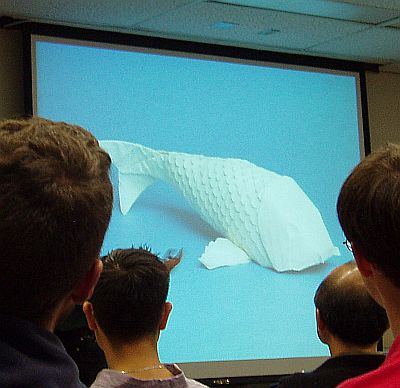
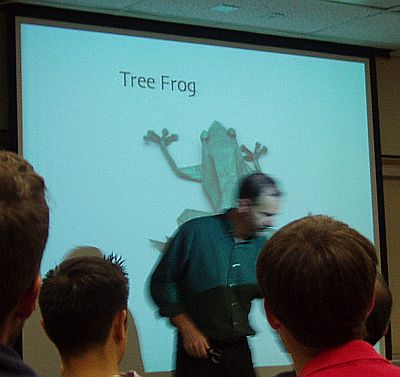
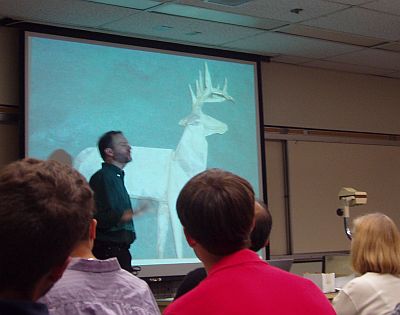
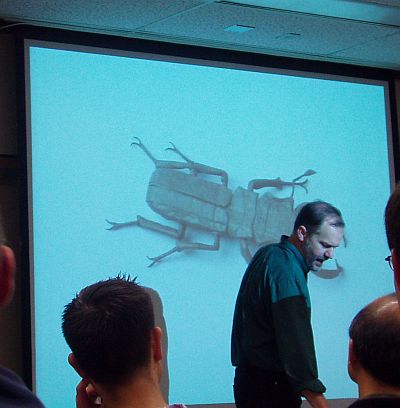
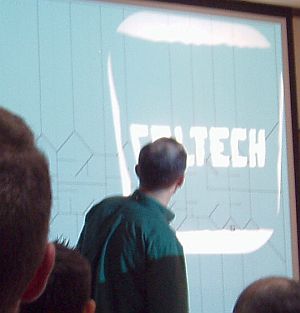
Above is an (appropriate) and stunning example og "one cut origami. (The paper is folded the right way, and only one cut is made...voila!)
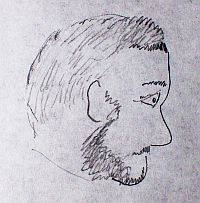
Kathy's portrait sketch of Robert Lang
drawn during his lecture
See Robert Lang's fascinating website
Go back to The Outsider Page